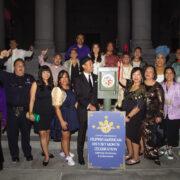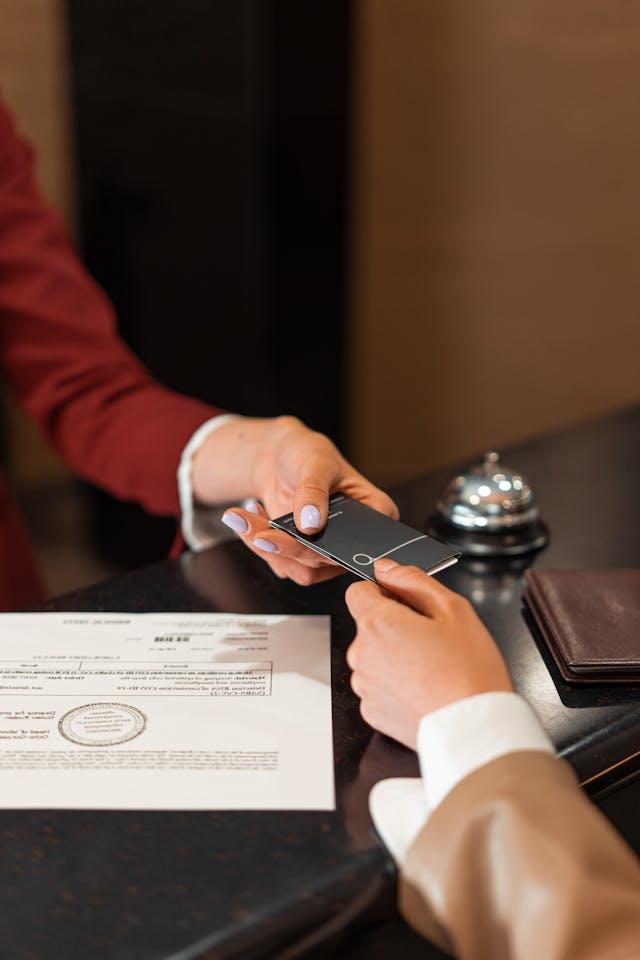
THE City of Los Angeles honored the thriving Filipino American community during its annual celebration of October as Fil-Am History Month (FAHM) with a lighting of City Hall and awards ceremony recognizing personalities and leaders.
The third annual celebration — led by LA Board of Public Works Commissioner Susana Reyes and Bureau of Street Lighting Executive Director and General Manager Miguel Sangalang — was held on Friday, October 20, culminating in the lighting of City Hall in the colors of the Philippine flag.
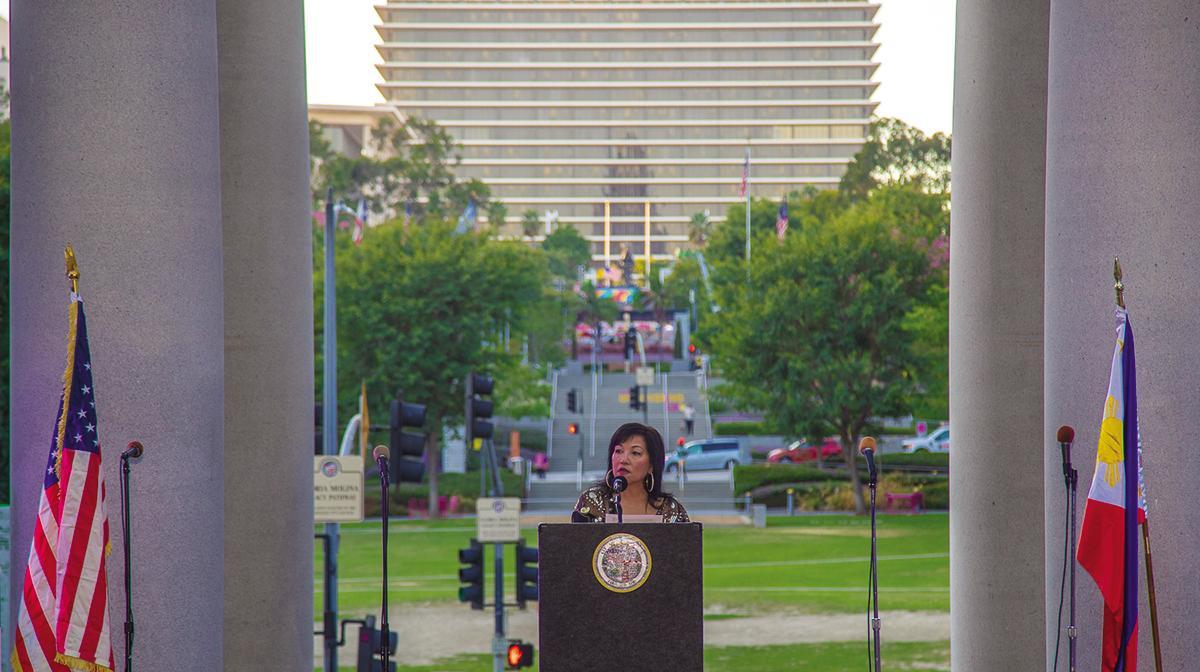
Meanwhile, other landmarks, such as the entrance of the LA Zoo and the Sixth Street Bridge in Downtown were also lit up.

Photo courtesy of the Los Angeles Zoo
During the ceremony, Reyes and Sangalang announced a scholarship program that would raise educational funds for future historians who are expected to continue the legacy of celebrating the lives of the Filipinos settling in the United States.
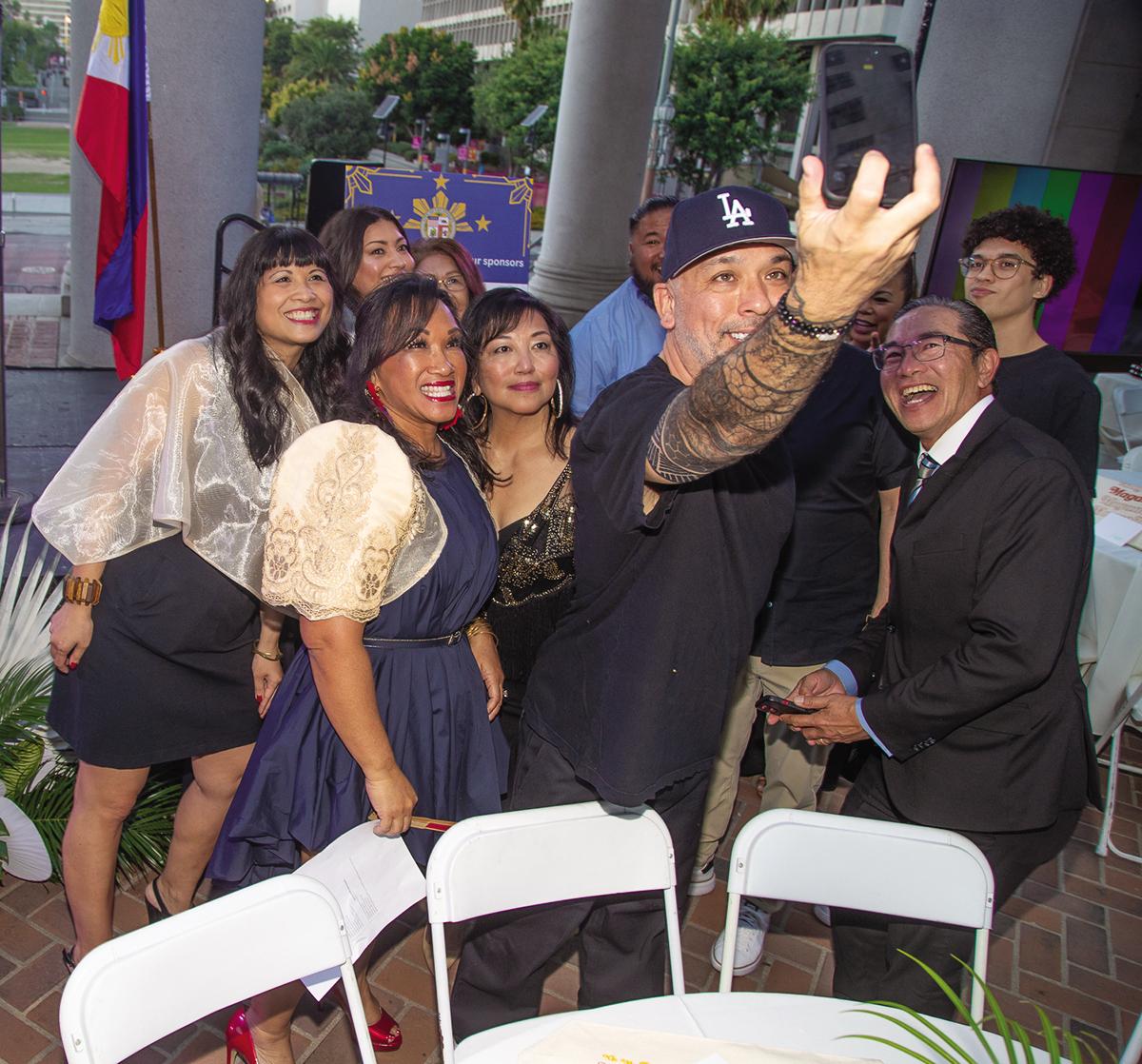
The event’s surprise guest, actor/comedian Jo Koy, who was one of the Filipino-Americans awardees of last year’s FAHM celebration, pledged $25,000 to the scholarship program.
The FAHM committee also tapped the Philippine Airlines, the Philippines’ flag carrier, as one of the partners for the launch of the program. A silent bidding for a round trip ticket to the Philippines was carried out during the celebration to signal the kick off of the scholarship grant.
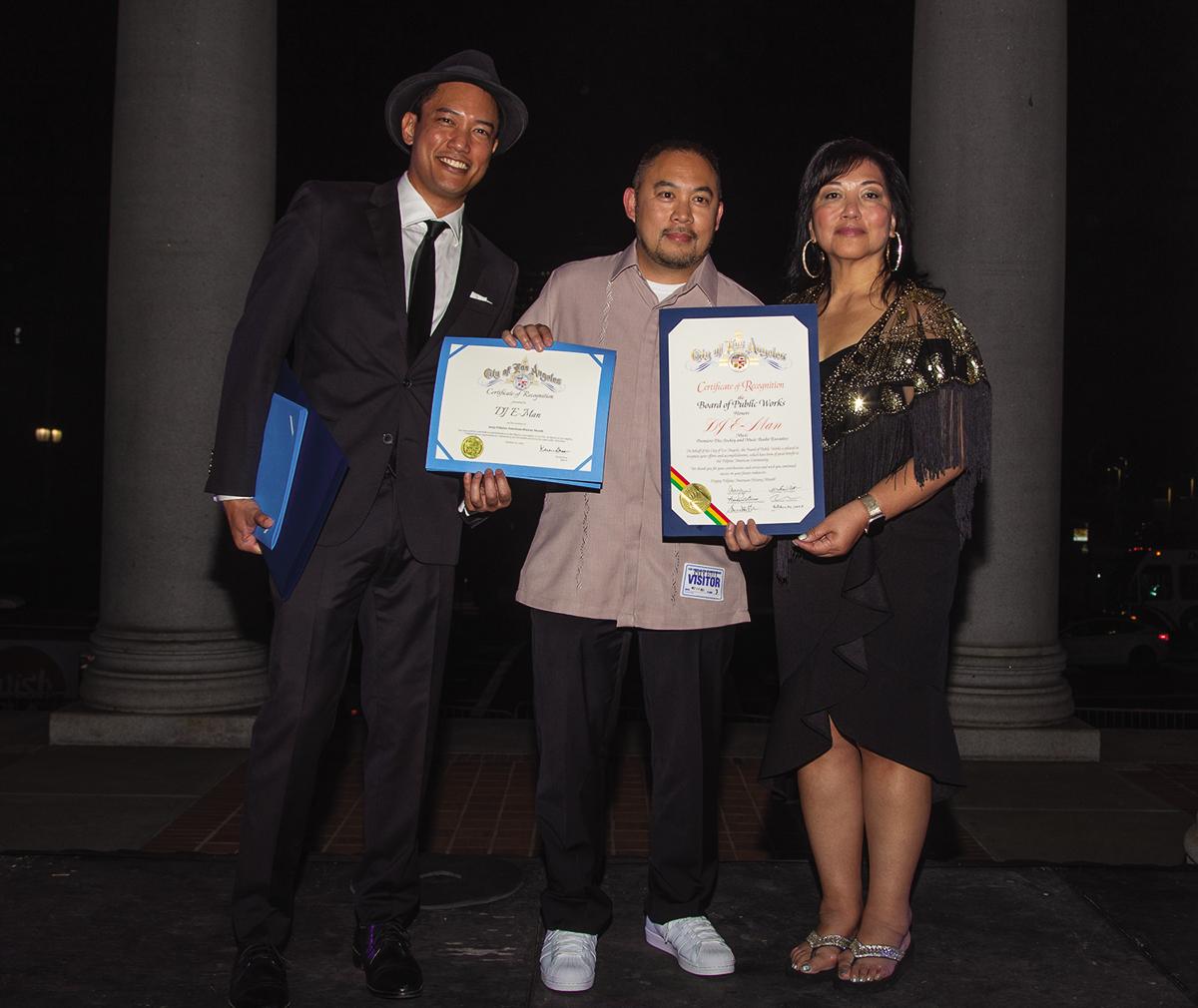
Sangalang told the Asian Journal on the sidelines of the event that the committee had been contemplating on this program but concrete details about it will be announced soon as part of the celebration of the month-long FAHM.
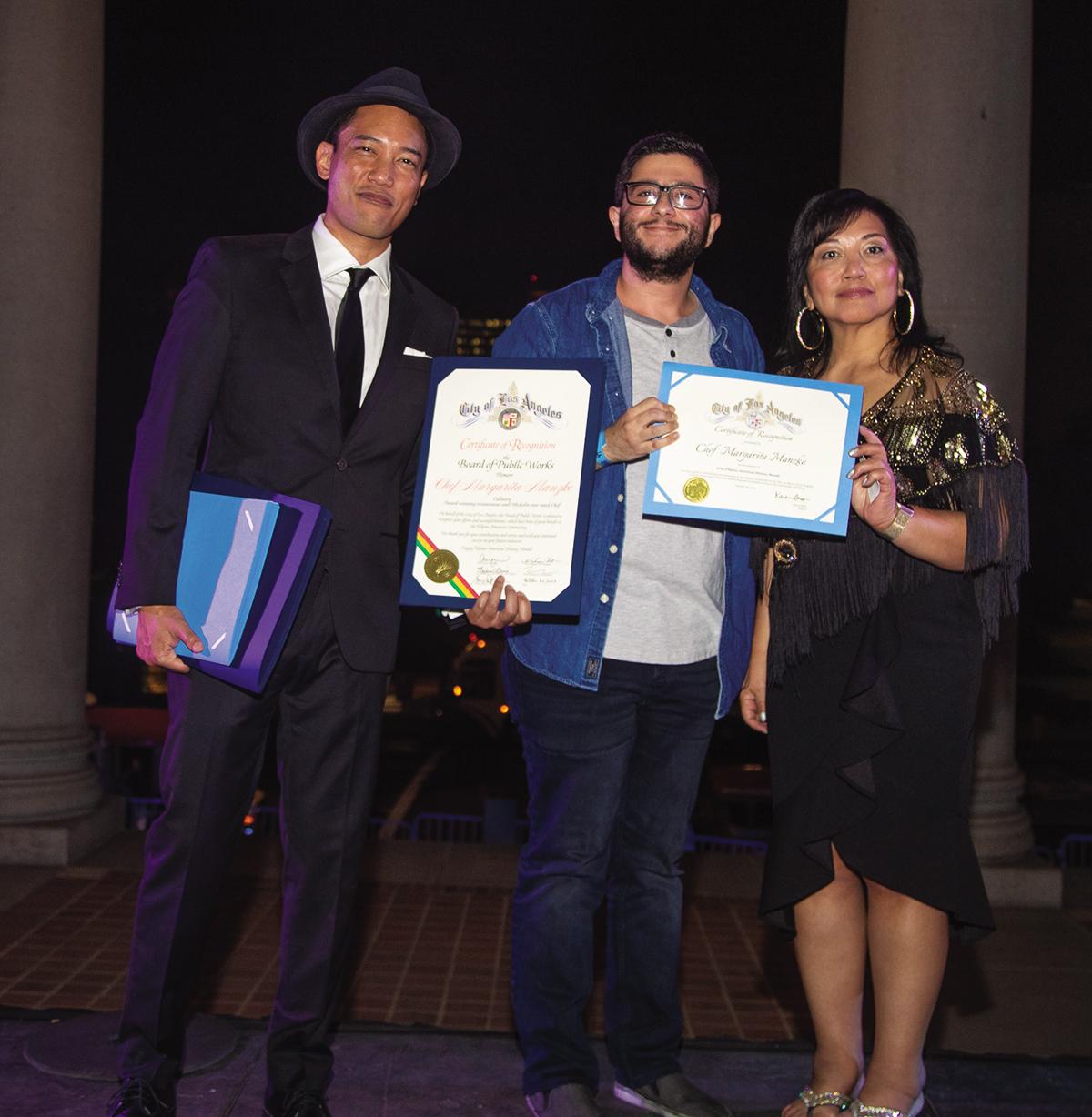
“This is just our way of making sure that we have new historians in the future that would be writing our stories,” he said.
Just like the previous years, the City of LA FAHM celebration honors Filipino Americans in who have exhibited exemplary contributions to the nation in various fields; and who have helped preserve and take pride in the Philippines’ arts and culture.
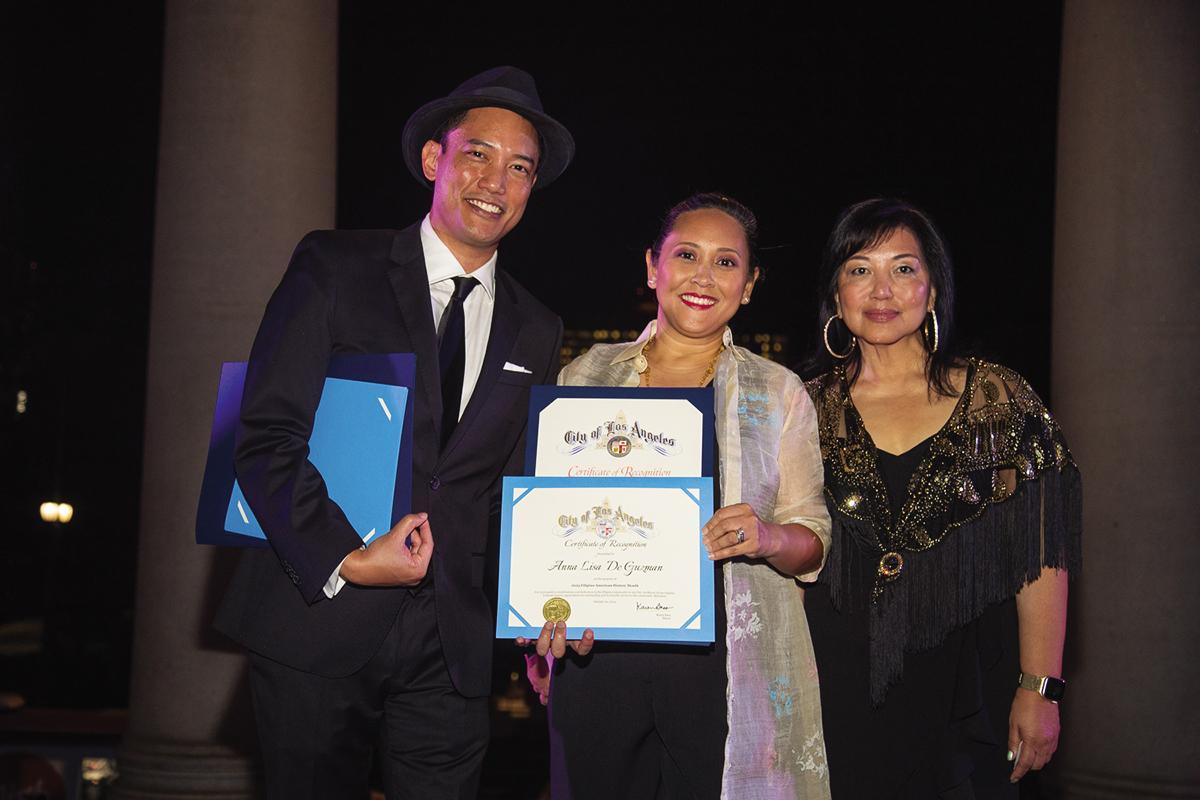
Among the 2023 FAHM honorees are: DJ E-Man, vice president of music at Meruelo Media (music); chef and restaurateur Margarita Manzke (culinary); actor and comedian Nico Santos (TV/film); fashion designer Puey Quinones (fashion); Anna Lisa de Guzman (dance); beauty influencer and entrepreneur Patrick Starrr (influencer); and Broadway show “Here Lies Love” (Musical).
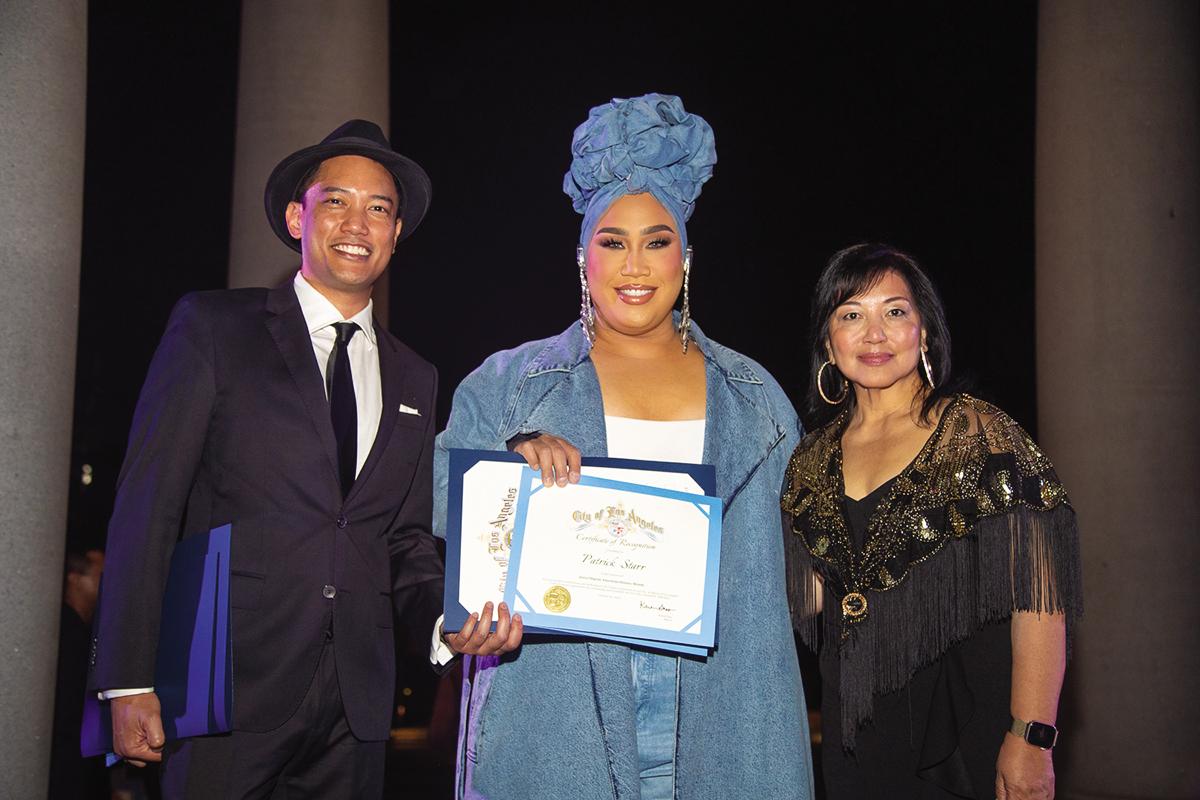
Quinones, in his acceptance speech, said that his designs have been a way to show his pride as a Filipino.
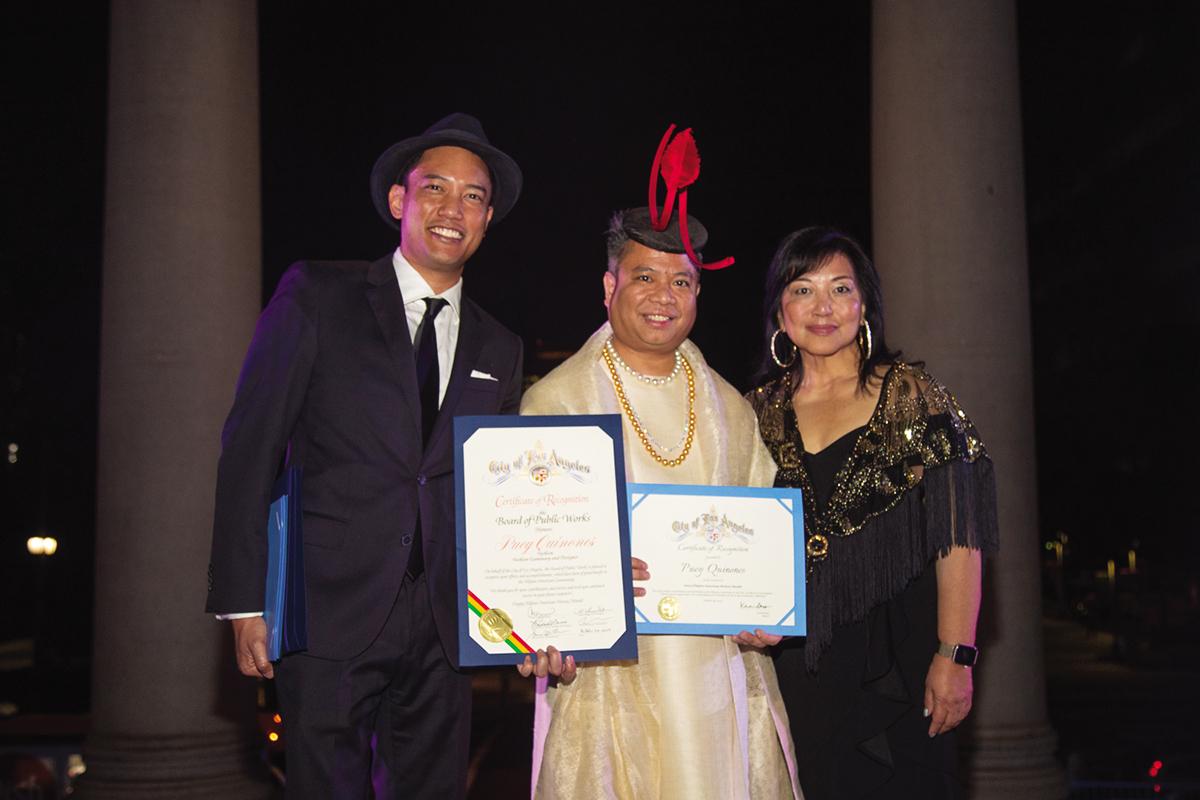
“I believe that fashion has the ability to transcend borders, and tell stories and I wanted to use my background to showcase the beauty and richness of the Filipino culture. Throughout my career, I have drawn inspiration from vibrant colors, intricate patterns and traditional craftsmanship of the Philippines. I have worked tirelessly to blend these elements with modern aesthetics, creating unique pieces that celebrate both my Filipino roots and American influence,” he said.
Santos — known for known for portraying Oliver T’sien in “Crazy Rich Asians” and sales associate Mateo Liwanag in the NBC series “Superstore” — shared how he migrated to the U.S. 13 years ago.
“That’s one thing I love about being Filipino, we all truly look out for each other, lift each other up in every moment and it makes a difference and it made a difference in my life,” Santos said.
Starrr, meanwhile, is a Fil-Am make-up artist and social media influencer, with his own makeup brand, ONE/SIZE.
“Being recognized as a make up artist in the United States and globally, the power of social media transcends borders beyond belief. I would say this year would be my 10 year anniversary in YouTube and I have amassed 400 million views for the last 10 years…” Starrr said.
He added, “We’re very grateful to be here in a country where we’re able to have a vote and say of who we want to be. As I stand on the beauty community, I am here to democratize media and give every one the power to vote to be who they want to be no matter what.”
“Here Lies Love” is the first Broadway production with an all-Filipino cast and is a musical based on the life of former Philippine first lady Imelda Marcos.
Deputy Consul General Maria Alnee Gamble, one of the guest speakers in the event, told Asian Journal in an interview that the Philippine government has ever since been supportive of all FAHM activities and initiatives.
“Philippine Consulate General is always with the Filipino American community in celebrating the Fil-Am History Month because it’s an acknowledgment from the host government of the accomplishments of what the Filipino community has contributed to the American government,” she said.
There are still a lot of Filipinos in the different sectors in the US, she said, that have yet to be recognized.
“There are so many Filipinos now that are serving in various capacities including in the military. They are saying that a lot of Filipinos are always in the medical sector but there are also a lot of Filipinos in the military, in defense, in local, federal and government offices so all these things are things Filipinos should be proud of,” the consulate official said.
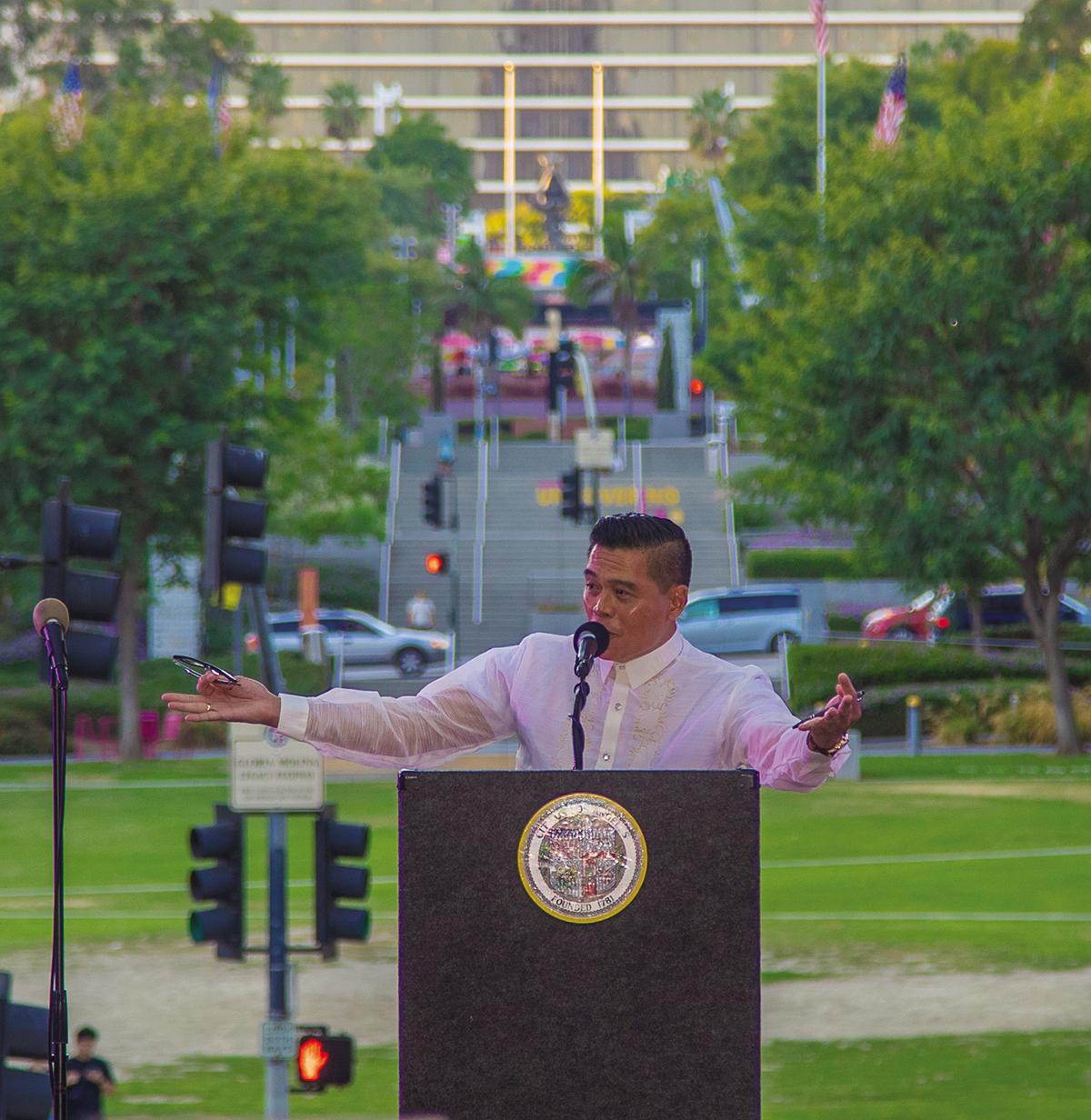
The month of October commemorates the first recorded presence of Filipinos in the United States. This year’s theme is: “1898: Recognizing 125 Years of Philippine-American History.” 125 years ago, the Treaty of Paris was signed and signaled the end of the Spanish-American War that led to the U.S. annexation of the Philippines.
Filipino Americans are the second-largest Asian American ethnic group in the United States. The yearly recognition of FAHM began in October of 1992 after a proposal by the Filipino American National Historical Society (FANHS) in 1991.
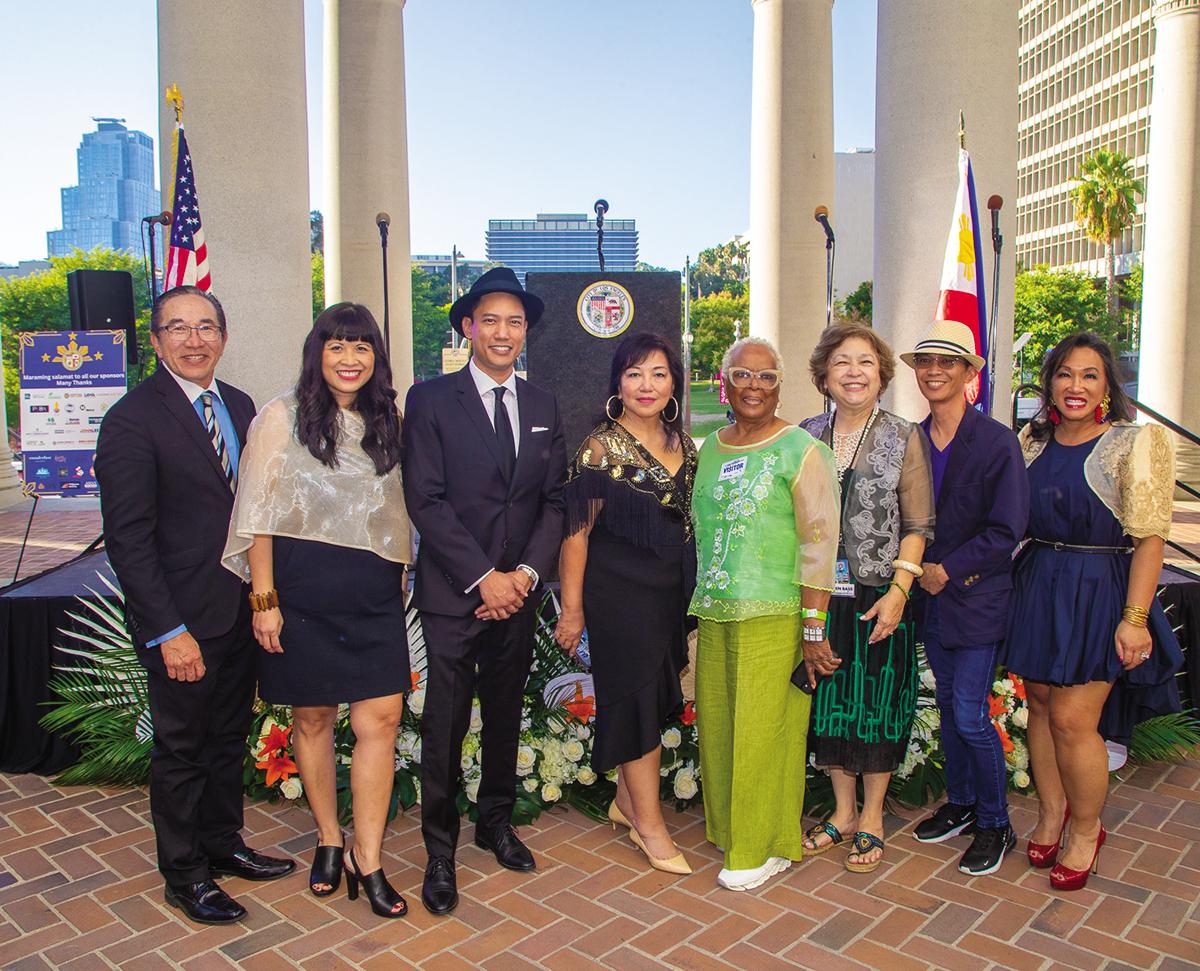
California officially recognized the celebration in 2006, when the California Department of Education placed FAHM on its official calendar.
The month became formally recognized by California three years later, when state Senator Leland Yee introduced a resolution to declare October as FAHM, which was later passed by the California State Assembly.
In 2009, the history month obtained federal recognition when the Senate of the 111th Congress passed a formal resolution proclaiming October as FAHM.
It was in October 18, 1587 that marked the first recorded arrival of Filipinos in the United States specifically in Morro Bay, California, a state that continues to be home to a large sub-population of Filipino-Americans. n


